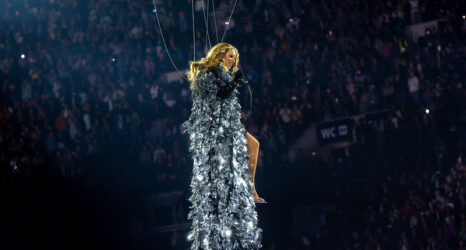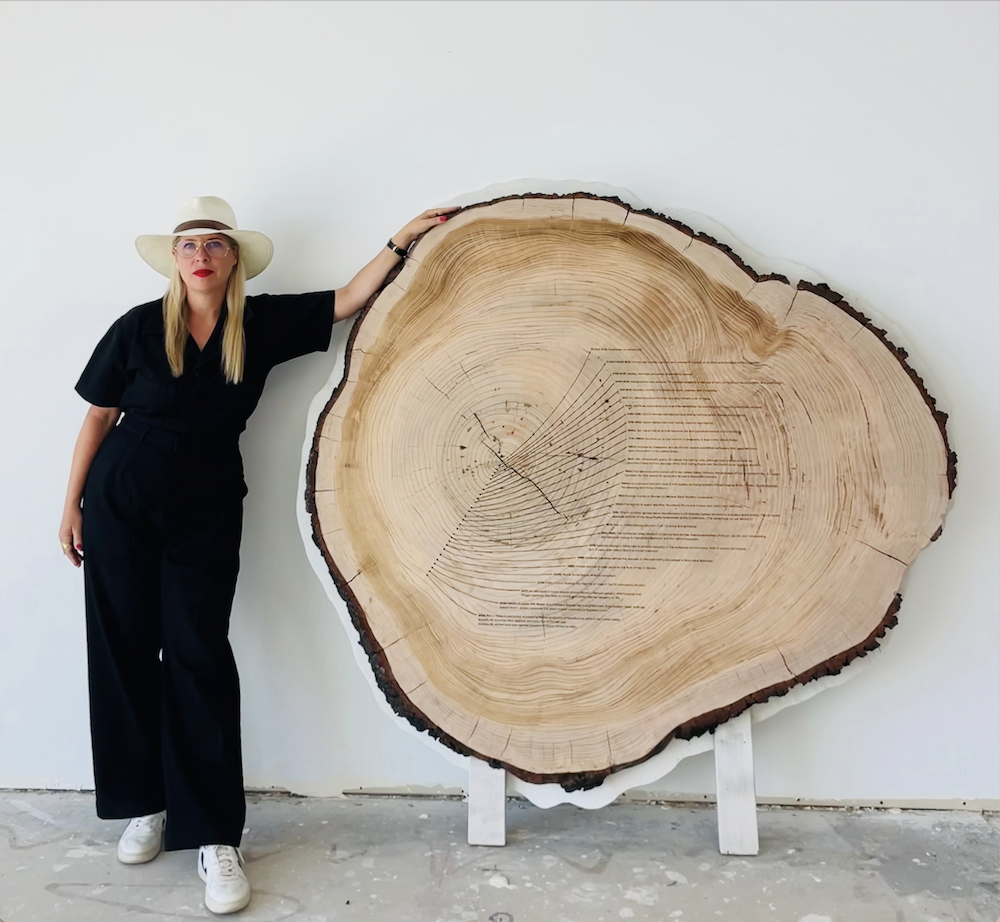In 1978, IIise Greenstein, along with 12 other painters, conceived of the Sister Chapel—an art installation featuring 11 panels that represented contemporary and historically significant women, mythological figures and conceptual heroic women.
The Sister Chapel was created as a pun on Michelangelo’s Sistine Chapel and was meant to similarly create a space of contemplation and reflection—but it was also a commentary on gender roles and the disenfranchisement of the feminine in history and culture.
Greenstein had studied the Vatican fresco and in a 1983 interview for the Oral History Library of the American Jewish Committee raised the question “Where was woman in man’s relationship to God?” On that famous ceiling we observe that God and Adam almost touch hands, but there is no Eve in sight. This was less a religious question than a historical one.
Now, after 37 years, this revolutionary installation has been resurrected. At the behest of professor Andrew Hottle, author of the 2014 book The Art of the Sister Chapel, it was on display at the Rowan University Art Gallery in Glassboro, New Jersey.
In the original exhibition, each monumental figure occupied a nine-by-five-foot canvas in a 12-sided space, into which viewers were invited to enter and to imagine themselves in the company of these historically significant figures. Greenstein painted a circular abstract ceiling, and the chapel was to be enclosed in a tent-like nylon and velvet structure by Maureen Connor—but due to cost constraints the final product only included a model of her design. It has been created for this new exhibit according to her plans.
Everything else is intact—except Sharon Wybrants lost piece “Self Portrait as Superwoman”—but it has been re-imagined. The portraits on display featured Italian Renaissance great painter Artemisia Gentileschi, feminist leader Betty Friedan and legendary soldier Joan of Arc.
The strength of The Sister Chapel is found not only in the imagery, but the commitment to sistership and transformation that lies at its core. As women grow in influence, the enemies of the feminine have fought back and cried out. This exhibition is a testament to how long we have heard those cries and pushed on anyway.
The Chapel is a celebration of women by women that invites viewers to reconsider familiar and often unconscious presumptions about gender roles and feminine power. Nearly 40 years later, it remains a perfect time to witness its power.
Private appointments to the exhibition are available through the month of July.





